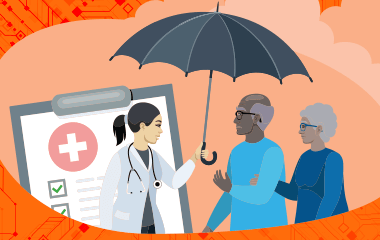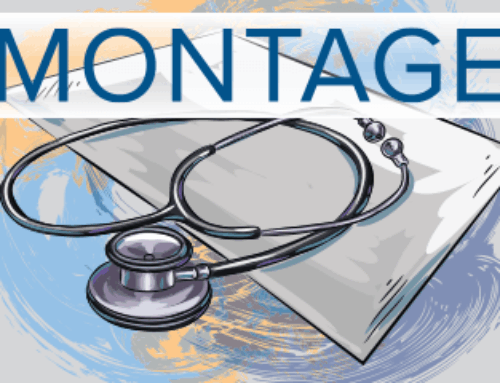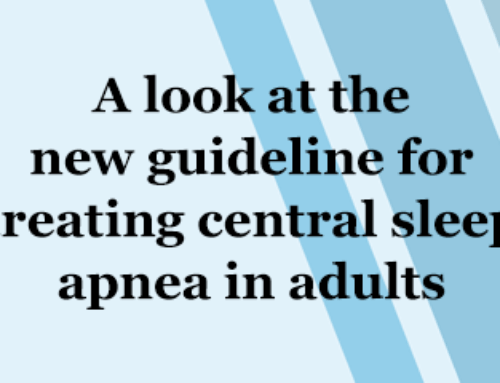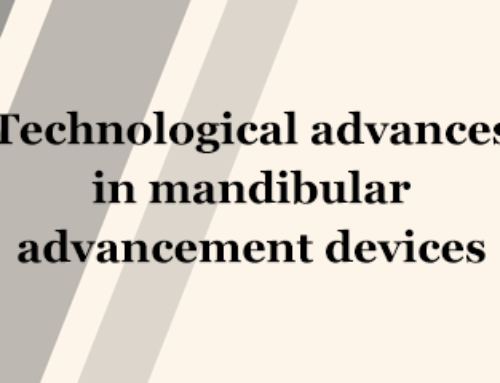In the 2021 Medicare physician fee schedule final rule, the Centers for Medicare & Medicaid Services (CMS) added a new Healthcare Common Procedure Coding System (HCPCS) code, G2211, as a reimbursable service. This code reflects visit complexity and increases the value of office and outpatient evaluation and management (E/M) services that are part of a patient’s ongoing health management.[/fusion_text]
| G2211 | Visit complexity inherent to evaluation and management associated with medical care services that serve as the continuing focal point for all needed health care services and/or with medical care services that are part of ongoing care related to a patient’s single, serious condition or a complex condition. (Add-on code, list separately in addition to office/outpatient evaluation and management visit, new or established) |
|---|
Purpose of HCPCS code G2211
The purpose of G2211 is to recognize the additional complexity of certain E/M visits, particularly when the care provided by the billing practitioner serves as a focal point for all of a patient’s health care needs (e.g., primary care). It also applies when the practitioner manages a single serious or complex condition over time (e.g., specialist care). This add-on code can increase reimbursement to account for the extra time, coordination and clinical expertise required in such cases.
Initial delays and implementation in 2024
Although G2211 was originally included in the 2021 physician fee schedule, its implementation was delayed by Congress through the 2021 Consolidated Appropriations Act, which expired Dec. 31, 2023. As of Jan. 1, 2024, G2211 became a separately payable service under the physician fee schedule.
Appropriate use of G2211
According to CMS guidance, G2211 is intended for situations in which the complexity of care is greater than usual due to either:
- Longitudinal care: The practitioner acts as a focal point for all health care services the patient requires over time. This scenario often applies to primary care providers managing chronic conditions or coordinating various aspects of a patient’s care.
- Management of a single, serious condition or complex condition: The practitioner provides continuous and active care for a single, serious condition or a complex condition that demands specialized clinical knowledge and ongoing management. This scenario is common in specialties such as oncology, where the provider oversees the ongoing treatment of a patient with cancer or another serious illness.
Practices that deliver team-based care may also use G2211 if they serve as the central point of care coordination for the patient or provide ongoing specialized care.
When G2211 should not be used
The G2211 code is not applicable for situations in which the patient-provider relationship is limited in time or scope. It should not be used if the provider does not intend to establish an ongoing care relationship with the patient. For instance, a specialist providing a one-time consultation or treatment for an acute issue would not qualify to use this code.
Billing guidelines for G2211
All health care professionals who can bill Medicare for office and outpatient E/M services (e.g., CPT codes 99202-99205, 99211-99215) are eligible to report G2211 as an add-on code to these base codes. It is essential to note that G2211 cannot be billed independently; it must be reported alongside an office and outpatient E/M code on the same day of service.
Capturing complexity and reimbursement
The use of G2211 reflects the inherent complexity of providing longitudinal care in E/M visits. By doing so, CMS acknowledges the additional effort required to manage patients over time, particularly those with ongoing or complex health care needs.
For 2024, the national payment rate for G2211 is $16.31, with a relative value unit (RVU) of 0.49. Actual reimbursement rates will vary depending on the location of the practice, as geographic factors are considered in Medicare payment rates.
Example case
Patient profile: A 58-year-old man with obstructive sleep apnea (OSA), obesity, hypertension and chronic insomnia.
Visit reason: Follow-up appointment to assess the patient’s response to continuous positive airway pressure (CPAP) therapy, review sleep quality, and manage associated comorbidities.
Provider actions:
- Review of sleep data:
- The provider reviews data from the patient’s CPAP device, which indicates inconsistent use and suboptimal results.
- The provider analyzes the patient’s sleep logs, which show persistent poor sleep quality and frequent awakenings.
- Adjustment of treatment:
- Due to the patient’s reports of discomfort with the CPAP mask, the practitioner discusses different mask options and adjusts pressure settings. After a set period, the practitioner will review how the patient is doing (via phone call, patient portal message, review of PAP compliance data, etc.).
- Management of comorbidities:
- The patient’s hypertension and obesity are discussed in detail, as both conditions contribute to the severity of OSA.
- The provider adjusts the patient’s antihypertensive medication due to concerns about high blood pressure readings, which may be related to poor sleep.
- A weight management plan is initiated, including counseling on diet and exercise.
- Coordination of care:
- The provider coordinates care with the patient’s primary care provider to ensure the updated hypertension management is communicated, along with the weight management plan.
- Follow-up is scheduled with both the sleep provider and a dietitian.
Billing G2211
In this case, the provider is managing multiple chronic conditions (OSA, insomnia, hypertension and obesity) and engaging in detailed care coordination and decision-making, which increases the complexity of the visit beyond the typical scope of an E/M service. The provider is eligible to bill G2211 as an add-on to the primary E/M service to reflect the additional complexity and time spent managing these interrelated issues.
If the provider is only managing care for severe OSA, G2211 can still be added to the primary E/M service. In sleep medicine, this applies to other sleep disorders that require ongoing care, including insomnia, RLS, narcolepsy and parasomnias. G2211 can be added to any E/M service, new or established.
G2211 should not be used if a patient is seen for a second opinion and a follow-up visit is not scheduled, or if a separate billable procedure is done on the same day of the visit with a modifier 25.
Additional documentation justifying the use of the G2211 code is not required at this time. Visit documentation for the primary E/M service should clearly indicate that the practitioner is the main person managing care for a single, serious condition or a chronic condition.
An important consideration is that patients may have copayments and deductibles that apply to the G2211 code since it is an add-on code for an E/M service, new or established.
Conclusion
HCPCS code G2211 represents an important step by CMS to recognize the additional complexity of managing patients’ ongoing health care needs. By providing increased reimbursement for these services, the code aims to support practices that deliver coordinated, longitudinal care for a single, serious condition or a complex condition. As of Jan. 1, 2024, health care professionals should consider this add-on code when billing for office and outpatient E/M services to ensure they are appropriately compensated for the care that is being provided.
Members may send coding questions and use cases they would like to have featured in the Coding Quarterly to coding@aasm.org.





